From Trump’s bloody ear and dangerous migrations to injured children Gaza and the impending climate crisis, this year’s edition captures a turbulent zeitgeist
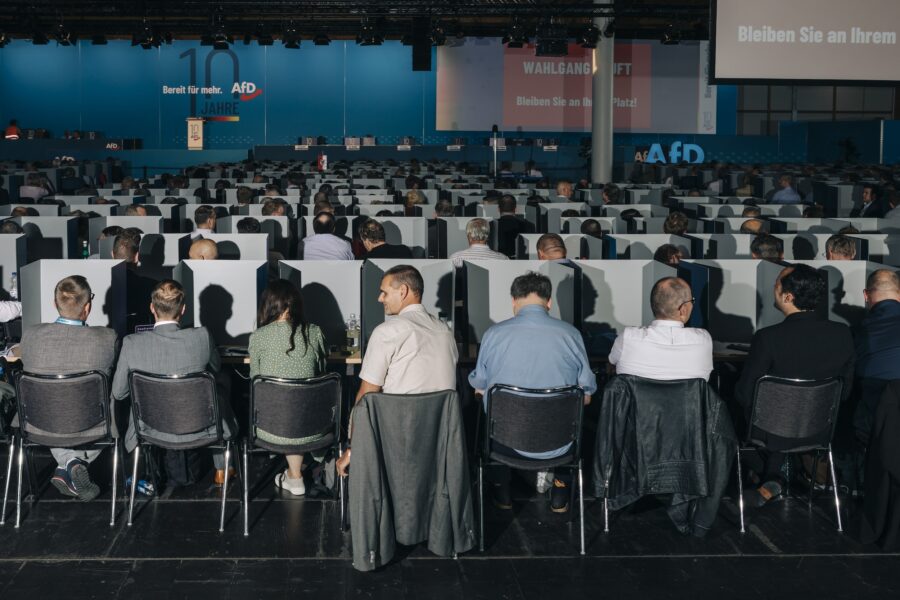

From Trump’s bloody ear and dangerous migrations to injured children Gaza and the impending climate crisis, this year’s edition captures a turbulent zeitgeist
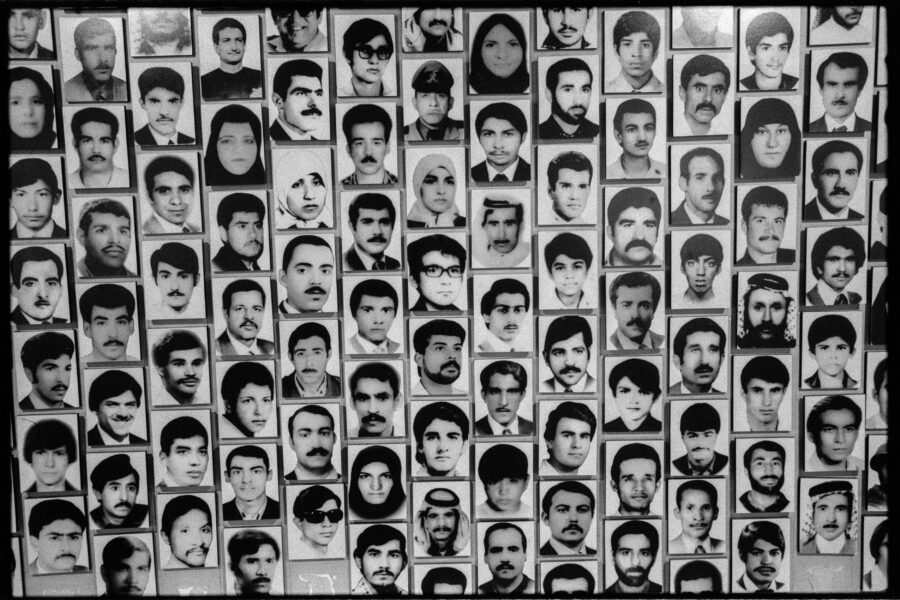
The Italian photographer spent years in Iraq focusing on its Shia communities and complicating the idea of ‘social Islam’
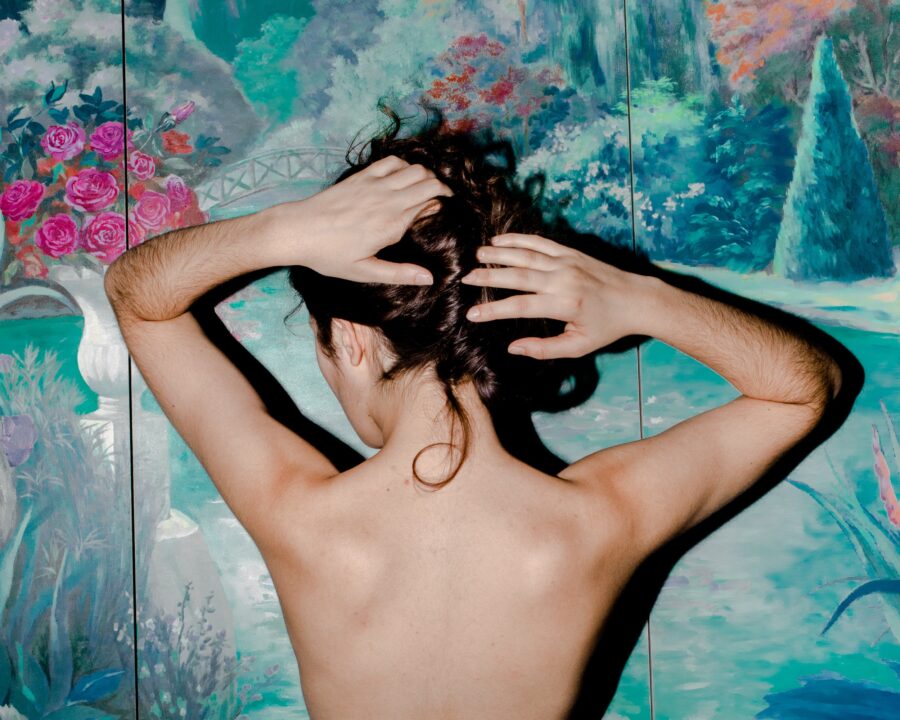
This year’s cohort covers projects from Gaza, Lebanon, Afghanistan and more, bearing witness to global atrocities and sharing marginalised stories of resilience
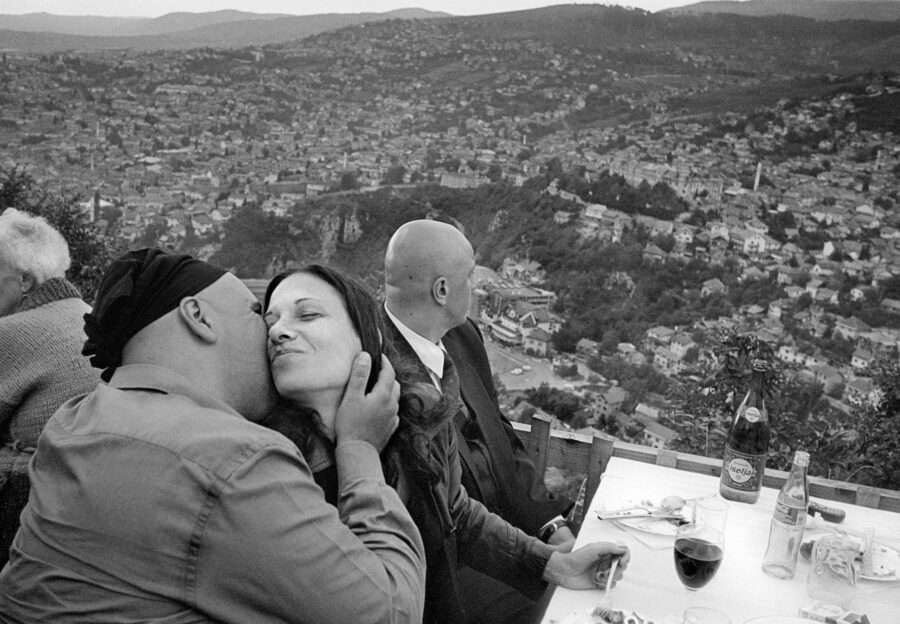
A dedicated photojournalist, educator, thinker, runner and dancer, Paul Lowe influenced a generation of students, academics, journalists, and art & culture workers, writes his friend and LCC colleague, Max Houghton
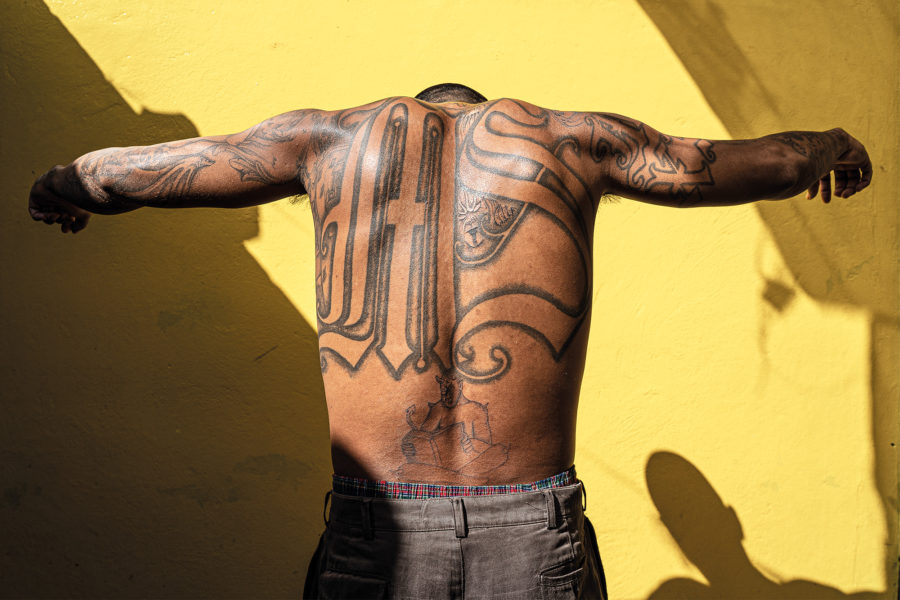
The photographer’s new book, Sin Salida, candidly portrays the devastating reality of Salvadorans who lead lives of fear and daily intimidation
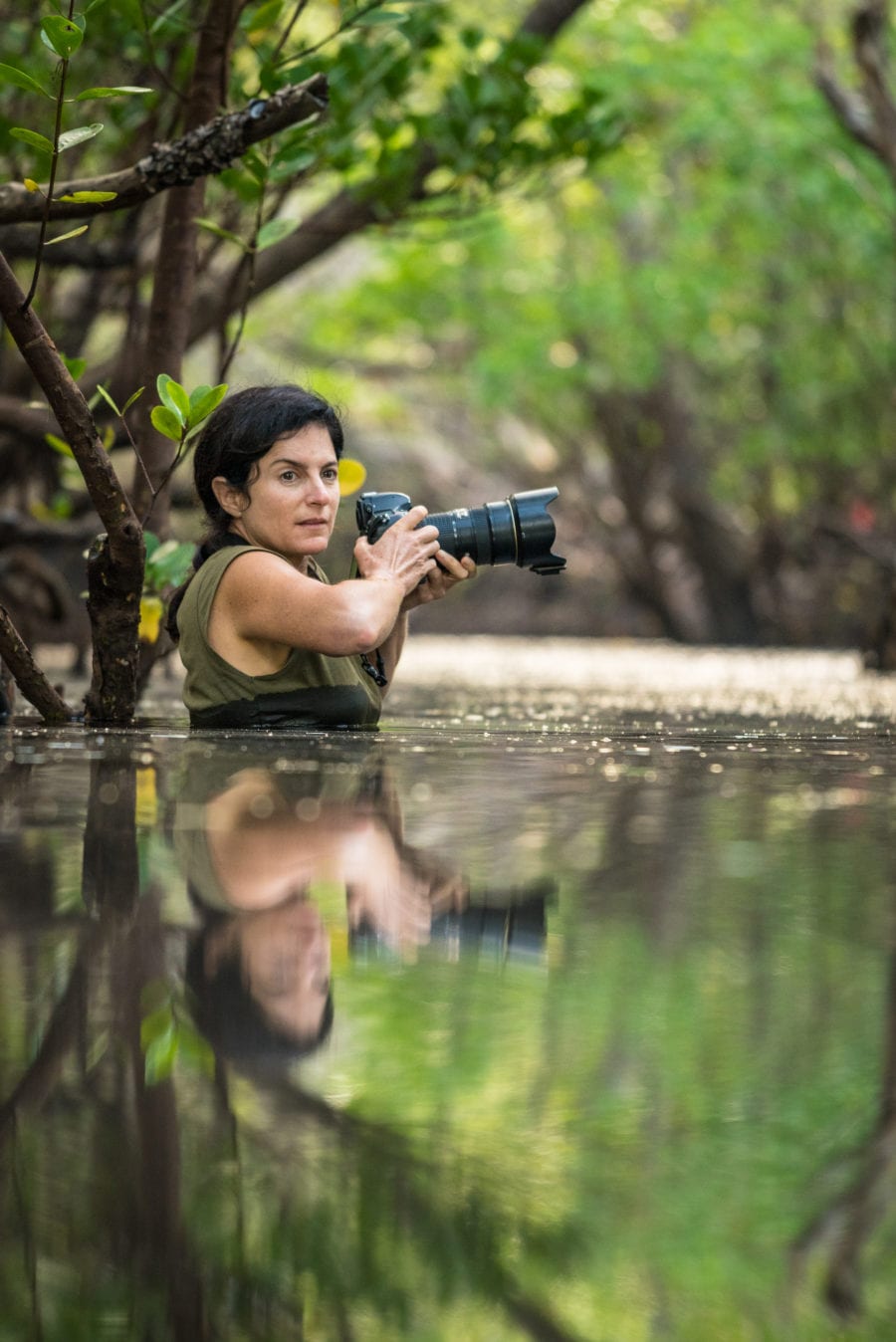
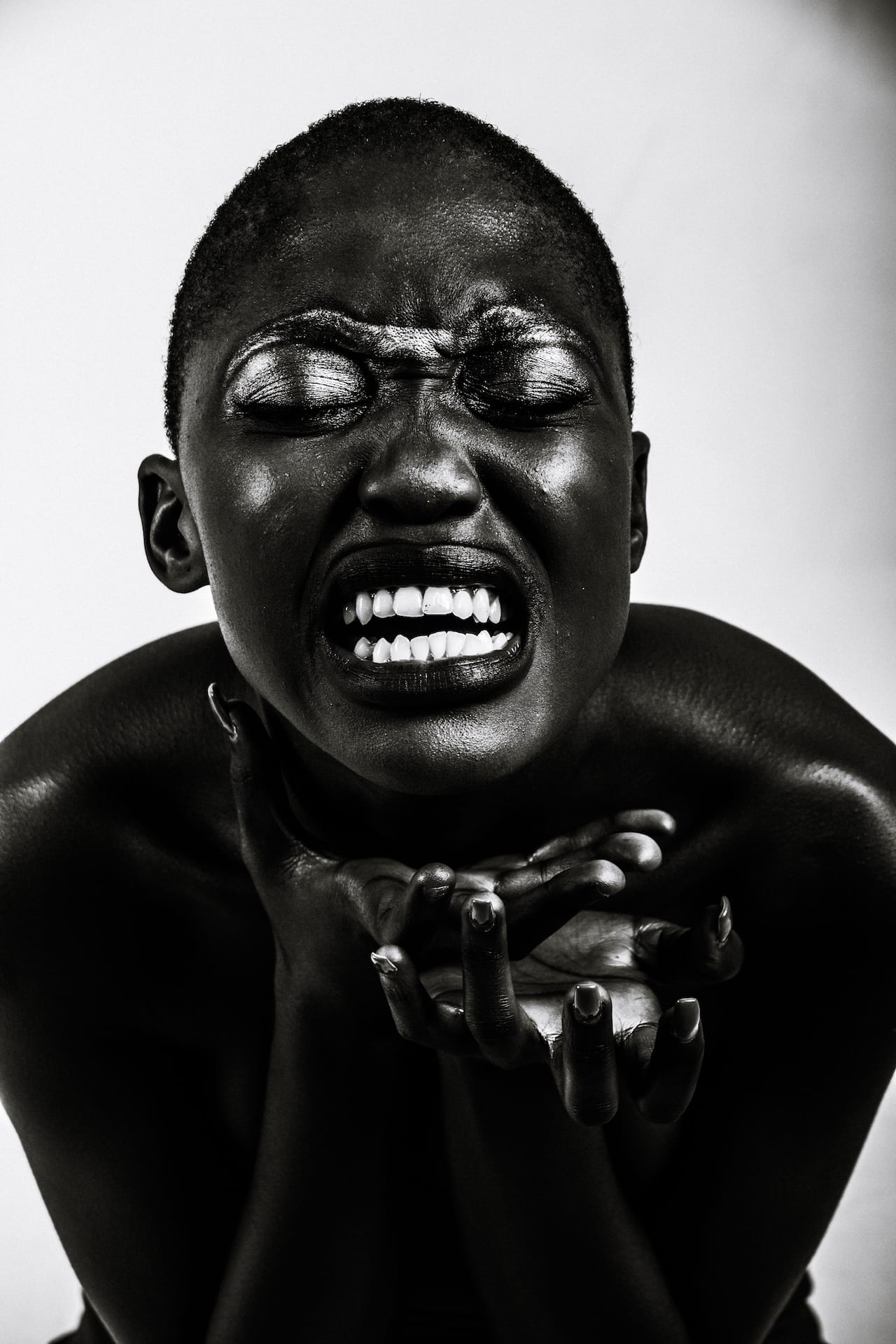
A new digital platform by Finbarr O’Reilly and Fondation Carmignac seeks to amplify local voices reporting during the pandemic
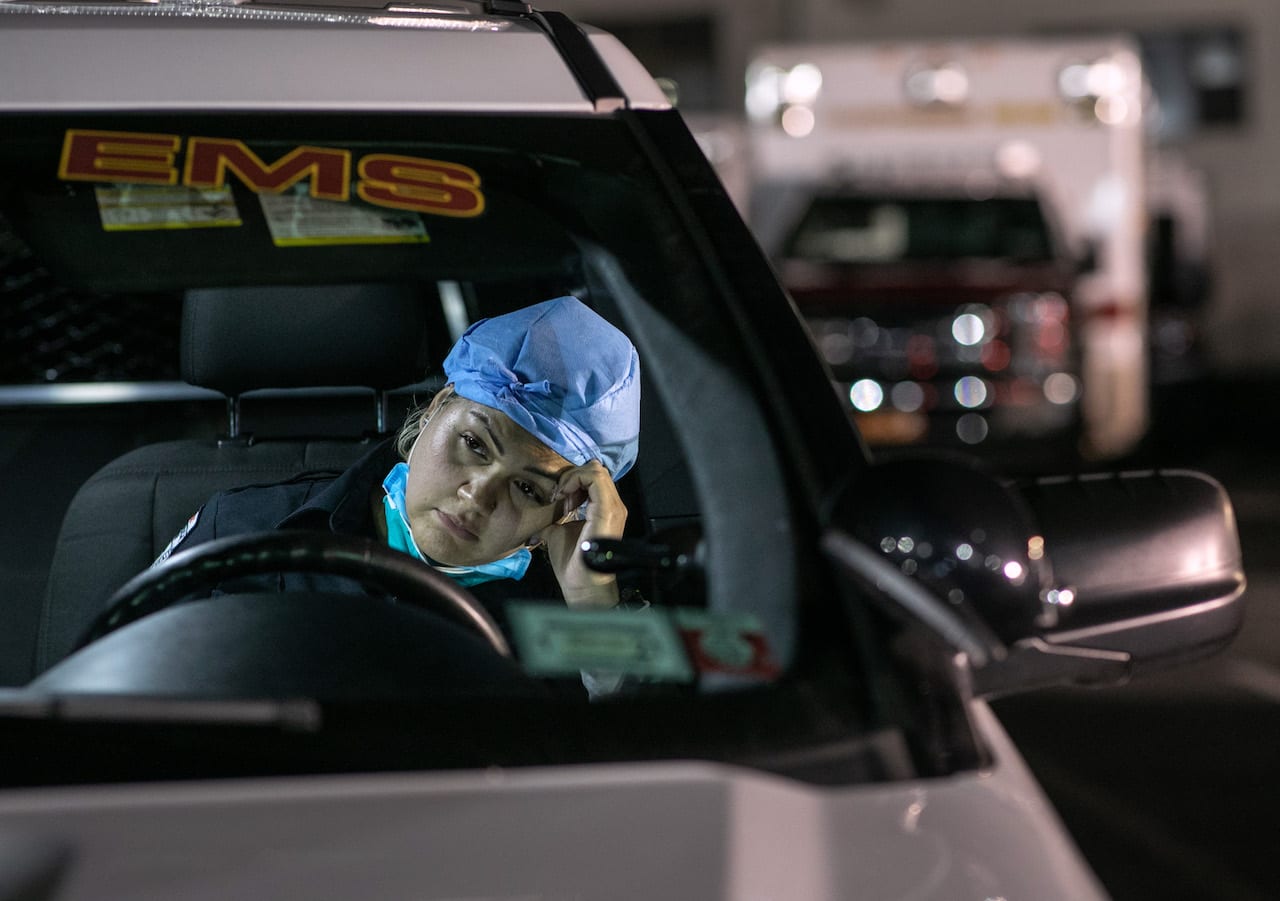
Special Correspondent for Getty Images John Moore was one of the first photographers to cover the 2014 Ebola outbreak in Liberia. “I learned a skill set that I never expected to use in my hometown,” he says, as he reflects on the process of covering the coronavirus outbreak in New York
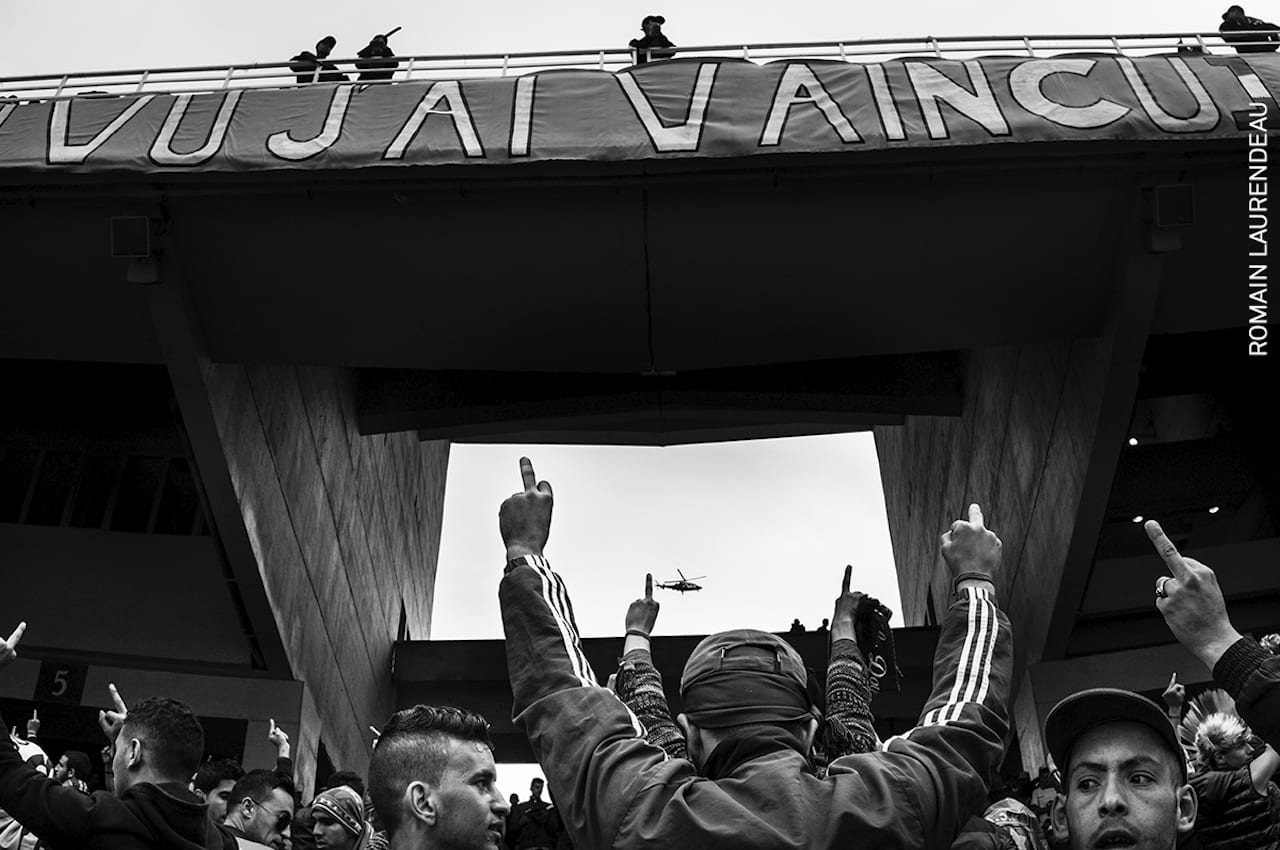
Youth uprisings, arctic exploration, and a record-breaking NBA buzzer-beater are among the subjects of this year’s winning photographs and stories